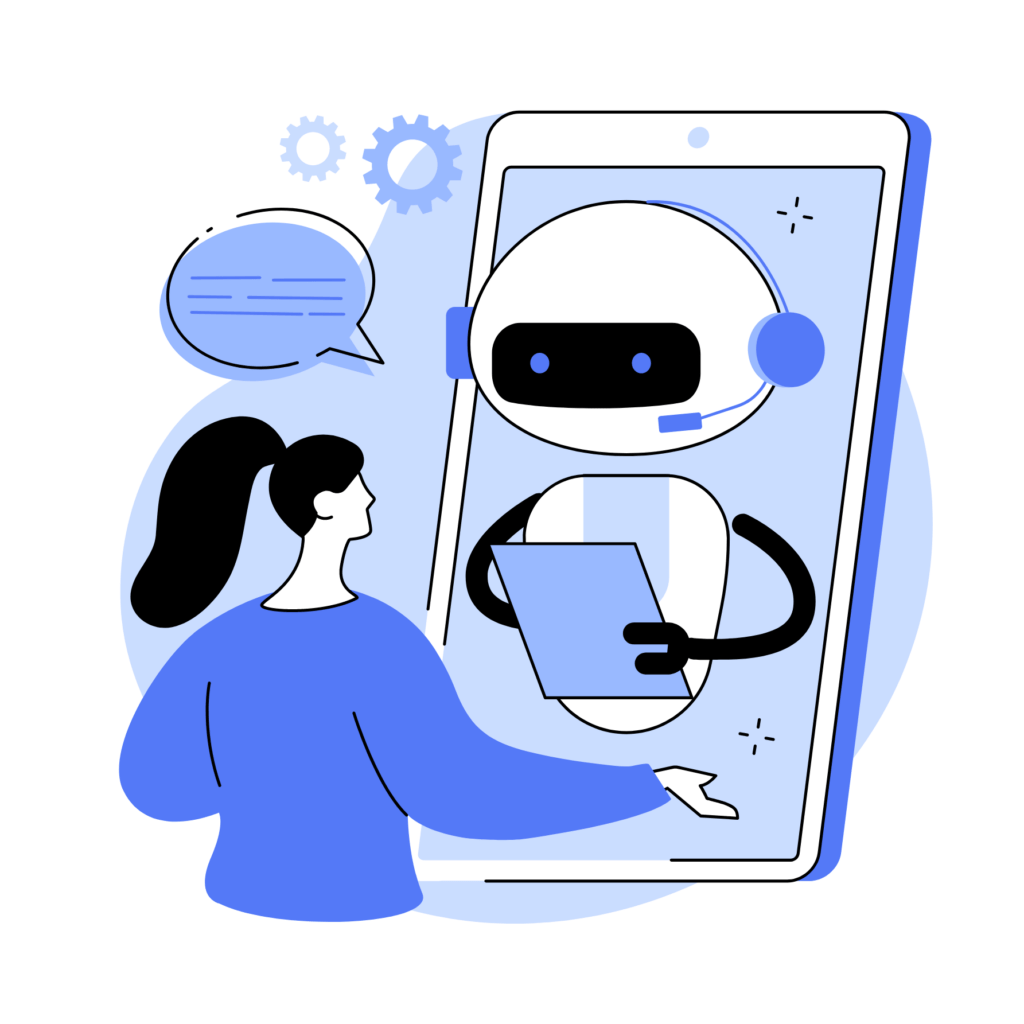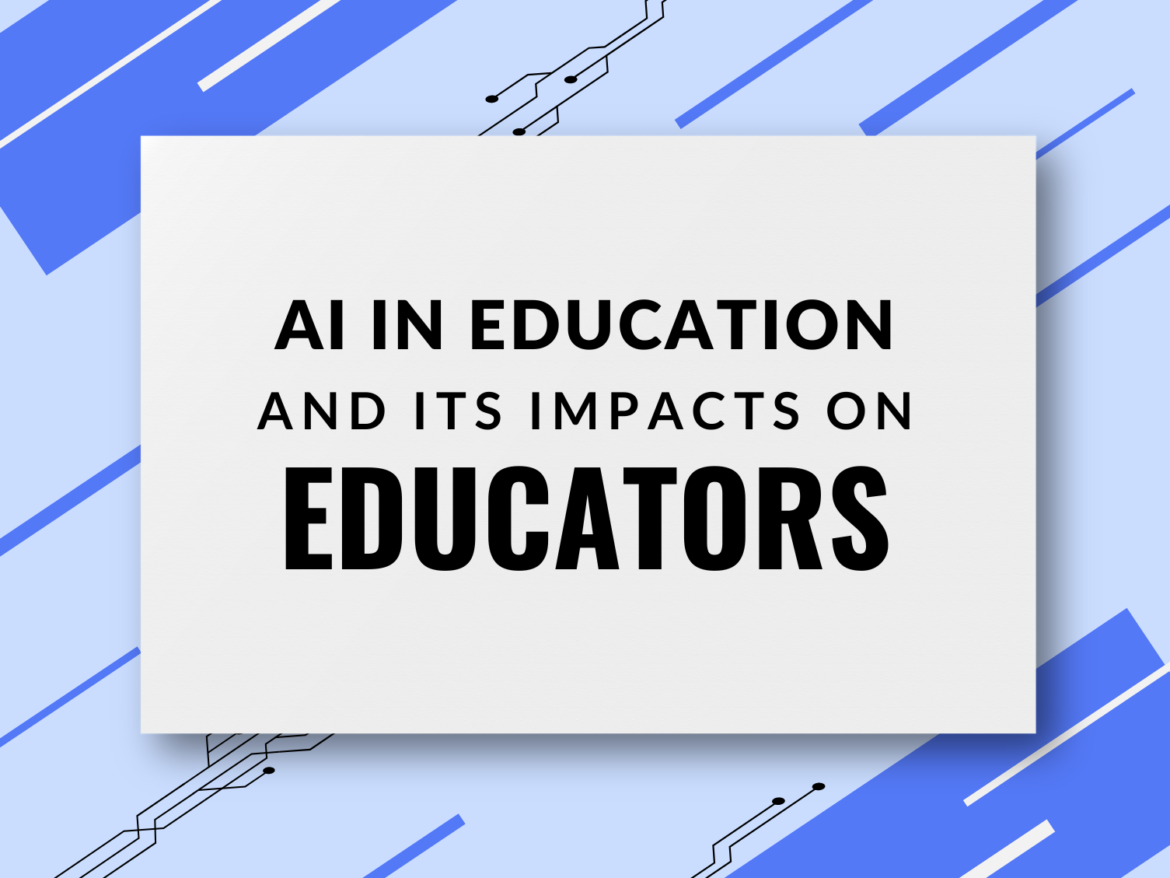For many, the progress made in the field of artificial intelligence (AI) may seem both inevitable and surprisingly rapid. However, its evolution has kept relative pace with the culmination of major technological advancements made throughout the past century. Although AI has often been portrayed in popular media as dystopian, it is fundamentally a tool that can be used to transform the way we live, work, and learn. Yet, despite the potential benefits of AI in education, there still remains a deeply ingrained mental image of a traditional classroom that many hold onto. The conventional classroom setup with rows of desks, uncomfortable chairs, and a teacher at the front of the class is still the norm. But this perception is gradually changing, and the integration of AI in education may be a signal for a much-needed update.
Benefits and Concerns with AI in Education
When implemented and used correctly, AI has the potential to enhance the human learning experience. Personalized tutoring, improved productivity, and 24/7 support from chatbots for students can drastically improve the learning process and take much weight off teachers’ workloads.
Nevertheless, it’s important to recognize that AI is not a one-size-fits-all solution. There are also ethical concerns such as job displacement, privacy, and data security that must be addressed, as well as the systematic limitations of AI — empathy, understanding, and human intuition are not within the technology’s current capabilities. As such, human teachers are still critical in the development of students and the overall learning process.
Is AI an Educational Tool or Distraction?
The classroom has already gone digital. Over the past decade, teachers have been leveraging a wide array of digital tools and resources to engage students and enhance learning. From interactive whiteboards to online platforms, the use of technology has allowed for greater interactivity, collaboration, and flexibility in the classroom.

The COVID-19 pandemic forced students, parents, teachers, and schools to reconsider the ways in which online platforms and tools could be used to not only educate but also better engage children. In this context, the potential for AI to supplement learning, save teachers time, and help students explore topics in more depth has become increasingly apparent.
As it stands, there are already existing issues in the physical aspect of the classroom — growing teacher-to-student ratios, burdensome grading, and administrative forms taking up teachers’ time, for instance. Along with these, teachers are often left to handle the brunt of shifts in student assessments, a lack of parental support, and students’ individual needs in terms of learning styles and teacher subject specialty. In addition, the pandemic has exacerbated already lagging literacy rates and ramped up student inattention, leading to teachers leaving the field and causing even wider unequal teacher-to-student ratios.
Evaluating and Monitoring AI in Education
While AI has the potential to revolutionize education, there are valid concerns about its impact. One such concern is the potential loss of human connection and personalized attention for students, as well as privacy issues stemming from data collection without consent. To ensure that AI is used effectively and benefits students, transparency and ongoing evaluation are crucial.

For-profit companies like Google, Microsoft, and IBM are leading the way in AI development in the education space, with significant contributions being made by non-profit organizations and research institutions like OpenAI as well. Researchers, data scientists, and engineers are working to accelerate AI tooling to better support teachers and students in the classroom.
It is essential to involve the appropriate gatekeepers in the implementation of AI in education. Regulators are needed to establish ethical standards and guidelines to ensure responsible AI use, while administrators can align AI with institutional goals and values. Marketplace engagement can also facilitate the development and use of effective AI tools. A combination of these factors is necessary for the responsible and effective use of AI in education.

For instance, AI-powered virtual tutors and assistants and personalized learning experiences can significantly improve student engagement and learning outcomes. While many companies are currently developing such solutions, schools must monitor their impact on students and ensure that they handle student data responsibly to prevent privacy concerns and maintain human connection.
What Are the Top Priorities for AI?
Although AI has the potential to disrupt the quality of students’ education, it’s important to remember that, like the smartphone and handheld calculator – it is simply another tool to help improve the quality of learning. The key difference is that AI programs like ChatGPT are still in their infancy, meaning we all still have much to learn about its true capabilities. For the time being, however, ensuring that its use is aligned with educational, academic, and administrative goals should remain a top priority.


1 comment
Hello!
Loved reading your post, I thought it was very insightful. A few quick questions:
1. What role/how much should students be using AI, and does this vary based on grade level?
2. What do you think the next five years in education will look like in regards to AI? Complete integration or total ban of AI?